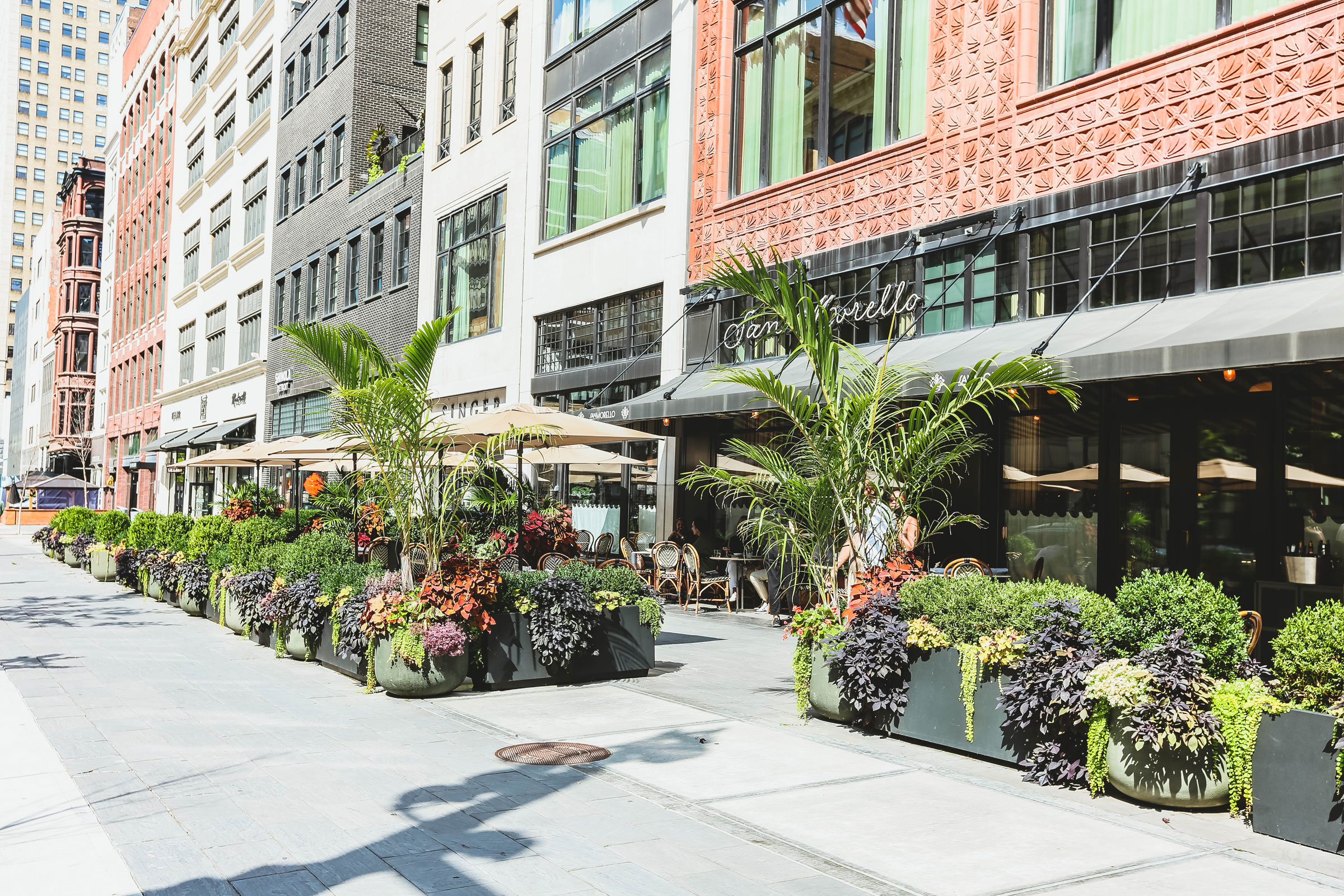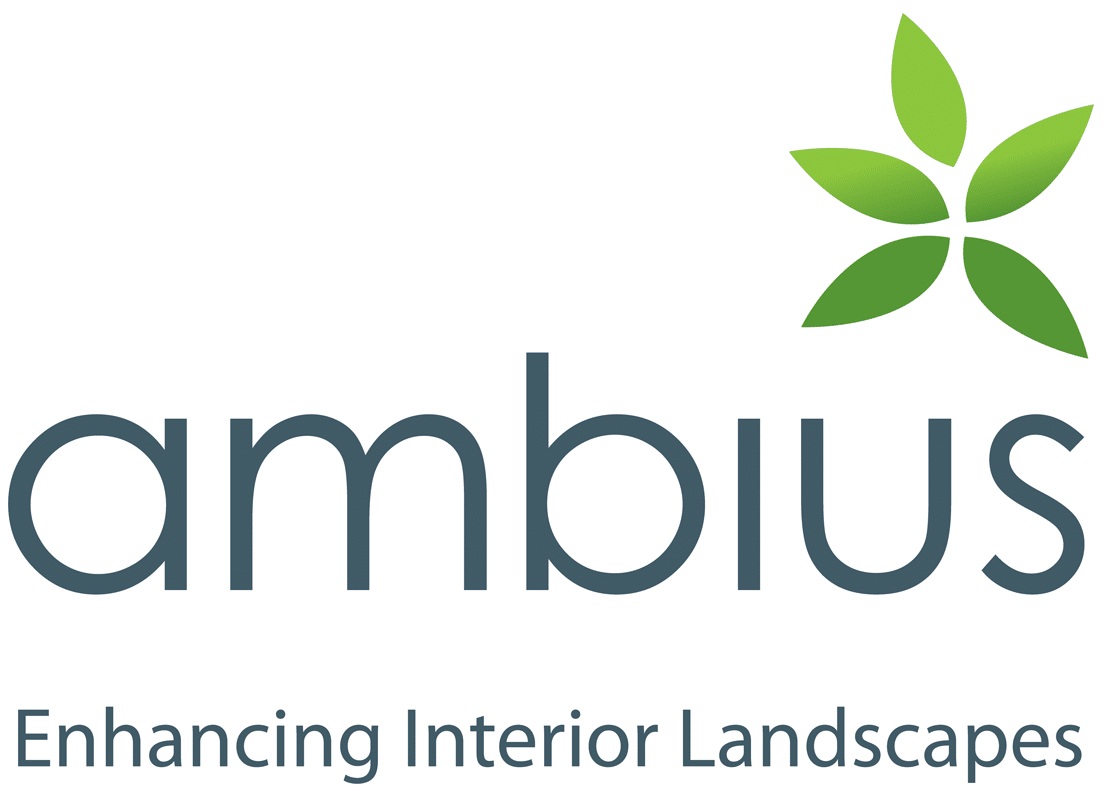Story at a glance:
- People have a greater awareness and higher expectations for the overall health of shared indoor spaces.
- First impressions can make or break a person’s perception of a business or space, so start with the essentials.
- Designers can also enhance environments by adding mobile hand hygiene units to high-traffic areas.
The nature of design is ever-changing. It’s no secret that economic and world events can play a major role in setting new design trends, and if significant enough, those trends turn into a design movement. Previous design movements paint a clear picture of the current state of the world during that period of time.
For example, Art Deco is a 1920s design movement that emerged following the end of WWI and the 1918 flu pandemic. Transitioning away from the hardships experienced in the preceding years, Art Deco designs are centered around the glitz, glamour, and optimism of a new era in time.
Similar to the 1918 flu pandemic, the 2020 coronavirus pandemic has significantly impacted how people live, work, learn, and play. A 2022 Ambius survey of 3,000 North American adults found that 93% of Americans want companies to invest more in healthy indoor environments. People have a greater awareness and higher expectations for the overall health of shared indoor spaces, putting increased pressure on businesses to provide cleaner, healthier environments for the people they serve.
Whether tasked with designing a totally new space or renovating an existing space, design experts will be expected to join the “great refresh” movement to meet these higher expectations. Design experts can use this three-step approach to provide the ultimate refresh based on the client’s unique needs.
1. Embrace the Essentials
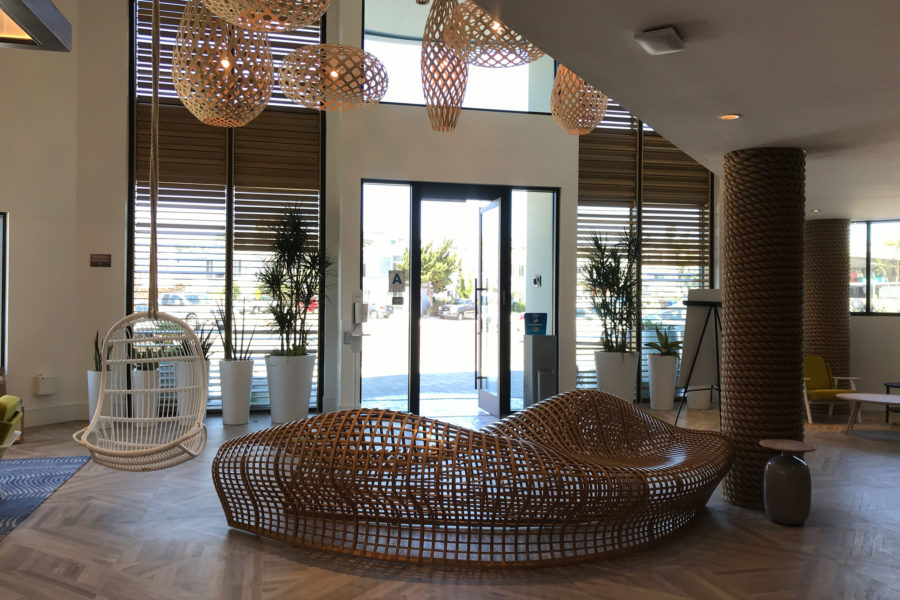
Enhanced indoor spaces, as seen in this hotel lobby, improve people’s first impressions of a space. Photo courtesy of Ambius
No matter the size of your budget, every design project should start by embracing the essentials. Embracing the essentials allows design experts to focus on the key areas likely to impact how a business or environment is first perceived.
First impressions can make or break a person’s perception of a business or space. Forbes estimates that people can form a first impression in as little as seven seconds. Exterior landscaping, entryways, lobbies, reception desks, and other front-of-house spaces are likely to be the first thing people see when visiting a store or business, so it’s important to ensure these areas match the desired brand image.
Design experts can set the stage for the overall brand experience by creating a “sense of arrival” before someone even steps foot inside the building. Installing lively, colorful plants and eye-catching planter selections is one way to create the “sense of arrival” experience. When selecting what plants and containers to use for outdoor spaces consider these factors based on the brand’s unique needs:
● Fiberglass vs. Ceramic: Which material works best with the budget?
● Color: What colors will best complement the brand, building, or environment?
● Shape: What shape will best emphasize desired areas?
● Texture: Will certain textures help accentuate the aesthetics?
● Plant Species: Which plants will work best in the specific environment?
Once the outside space is complete, designers can transition the outdoor theme into the lobby and reception areas by incorporating additional potted plants or living greenery indoors if the budget allows. Potted succulents positioned along the reception desk and plant containers that frame the doorway are two great ways to outfit the essential greeting areas with natural elements to influence a positive first impression.
2. Enhance the Experience
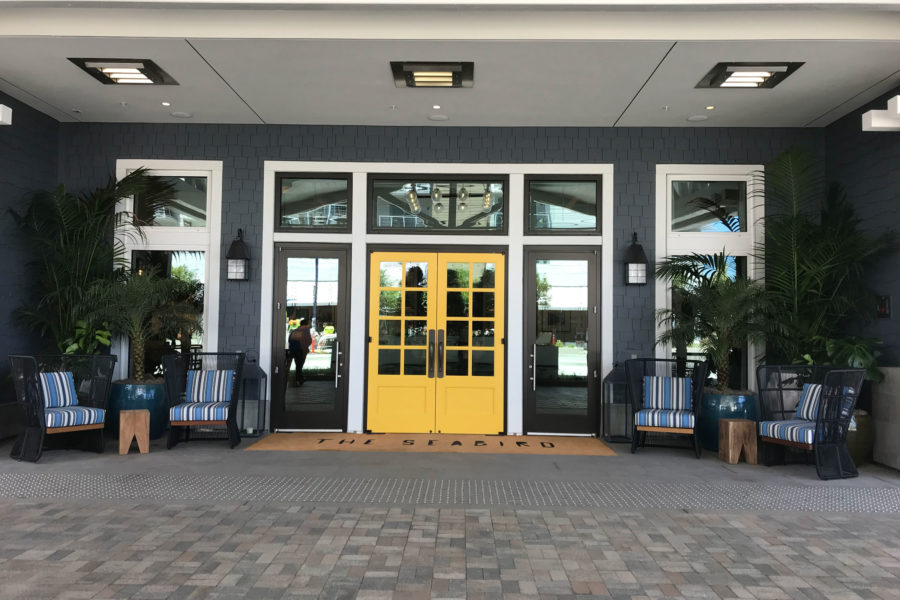
Photo courtesy of Ambius
Health and wellness are the two motivating factors driving the “great refresh” design movement. Equally as important as making a solid first impression is ensuring employees, guests, and visitors that their health and safety are the number one priority. Designers can enhance the overall health and wellness experience by adding air hygiene, hand hygiene, and premium scenting to indoor spaces.
Relying on a building’s HVAC unit to provide clean, healthy air simply isn’t enough to meet people’s heightened expectations. Poor indoor air quality is a source of anxiety for 74% of Americans, according to the Ambius study. Design experts can reassure guests by adding specialized air decontamination units to indoor spaces. Air decontamination units like VIRUSKILLER™ provide real-time protection with higher efficacy, taking control of the airflow to continuously draw contaminated air away from the breathing zone and replacing it with clean, healthy air.
Designers can also enhance the environment by adding mobile hand hygiene units to high-traffic areas. Adults touch as many as 30 objects in 60 seconds, and contaminated hands can transfer viruses to up to 14 other surfaces and subjects. Mobile hand hygiene units, placed strategically throughout an indoor space, will serve as a visual cue to building occupants that hygiene and wellness are a valuable part of day-to-day business function.
A third component of designing an enhanced environment is incorporating premium scenting. The right scent can trigger memories and have a truly powerful psychological impact on building occupants. Conversely, the wrong scent can negatively affect the overall brand experience in an equally powerful way. Implementing a scenting program in shared spaces has many benefits, including:
● Eliminates unpleasant odors
● Increases dwell time in retail spaces
● Elevates mood
● Fosters brand identity
● Reduces stress
● Improves productivity
Fresh, bright scents like zesty citrus, energizing mint, and fresh cucumber can be leveraged to foster confidence in a healthy environment, offer the reassurance of well-being, and amplify feelings of cleanliness.
3. Expand the Environment
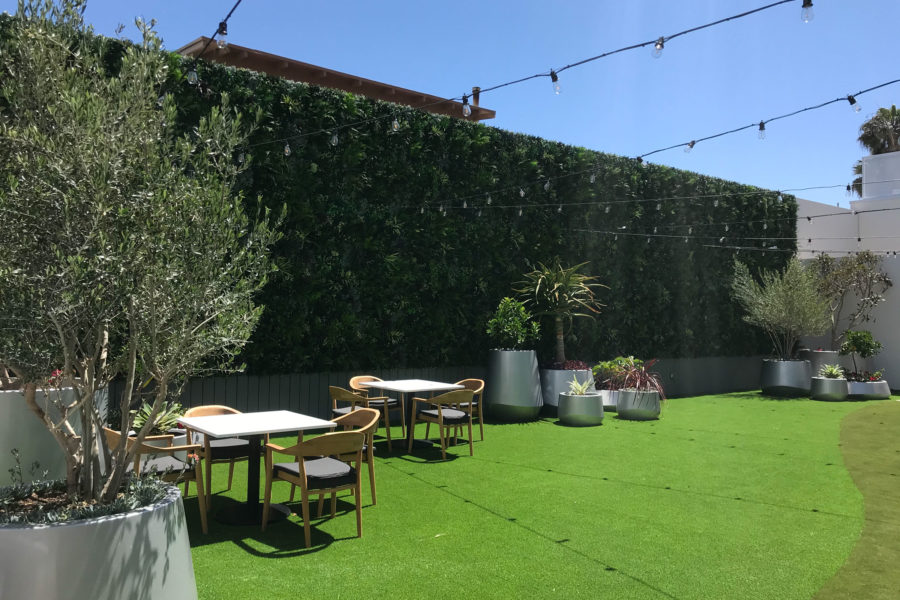
Expand the experience and emphasize overall health and wellness. Photo courtesy of Ambius
Once an environment has captured a solid first impression and engaged multiple senses designers can take the brand experience a step further by expanding on biophilic design enhancements. Biophilic design is linked to a number of health and wellness benefits like:
● Reduced stress levels
● Improved health and productivity
● Increased mood and feeling of well-being
● Increased engagement
● Mental restoration and reduced fatigue
Biophilic design is an architectural framework inspired by the natural world that weaves the organic patterns of nature into the built environment, strengthening the human-nature connection that humans yearn for. Wellness and sustainable design practices like the WELL Building Standard and LEED continue to take on increased importance within the built environment. It’s this collection of standards, sustainability initiatives, and wellness programs stemming from biophilic principles that are generating the change that employees and consumers are beginning to see integrated into indoor spaces.
Biophilic design techniques like installing living green walls, mobile green walls, and vertical gardens are three ways to enhance the indoor environment and expand the brand experience. Vertical gardens, for example, are signature architectural features that transform ordinary walls into dynamic, vibrant spaces. These walls are great for spaces with limited square footage and provide a natural refuge that is an important factor in biophilic design and well-being.
Wood, light, and water elements are also essential aspects of biophilic design trends that can be incorporated into commercial and indoor spaces. Design experts looking for ideas and ways to integrate natural and sustainable elements into shared spaces can reference Ambius’ biophilic design guide.
The coronavirus will likely be one of those significant historical world events that single-handedly change the way in which many people live, work, learn, and play. Business owners and designers alike can join the “great refresh” design movement by embracing the essentials, enhancing the experience, and expanding the environment. Each of these steps will help maximize health, well-being, comfort, and overall happiness leading to an improved brand experience.

